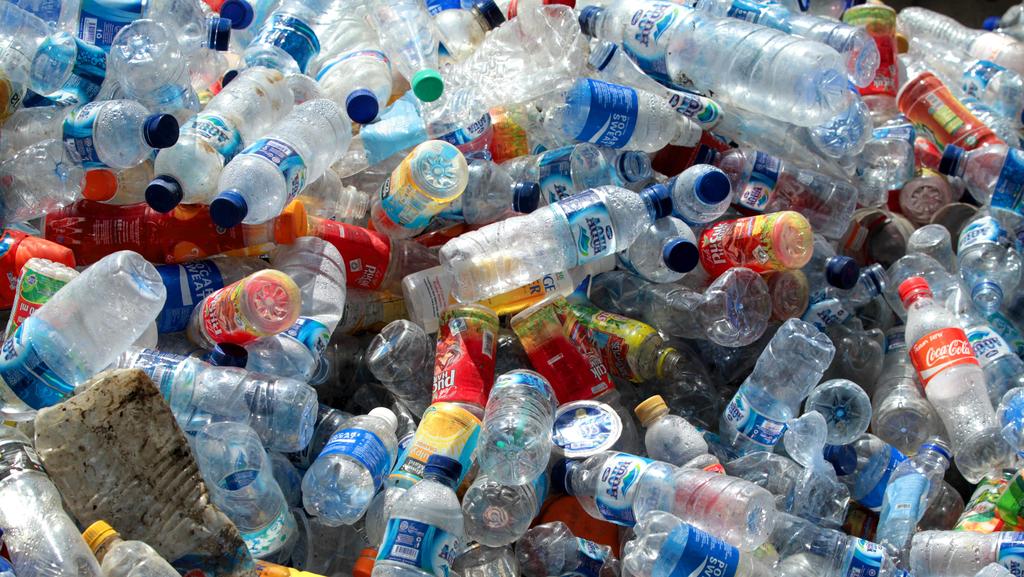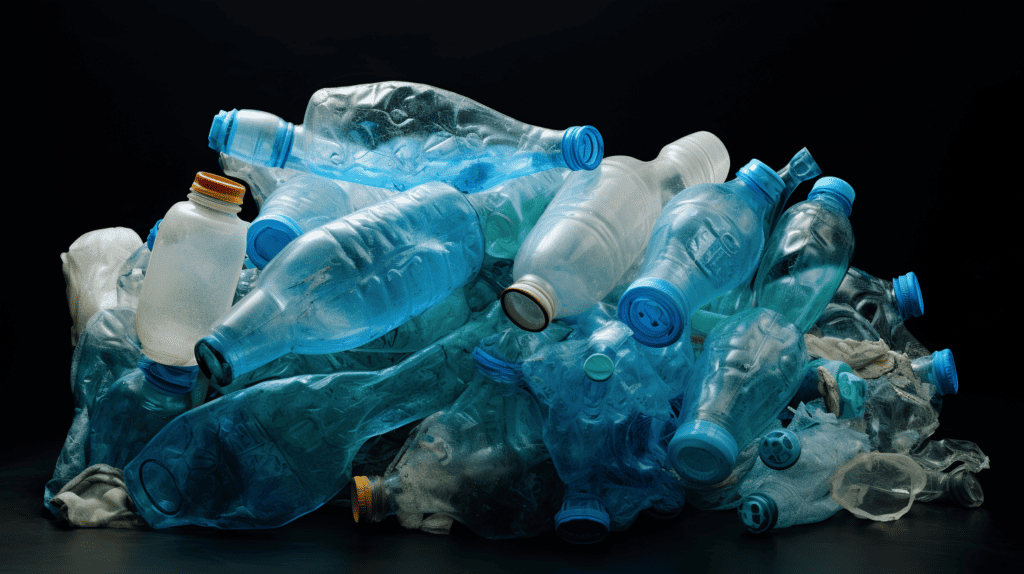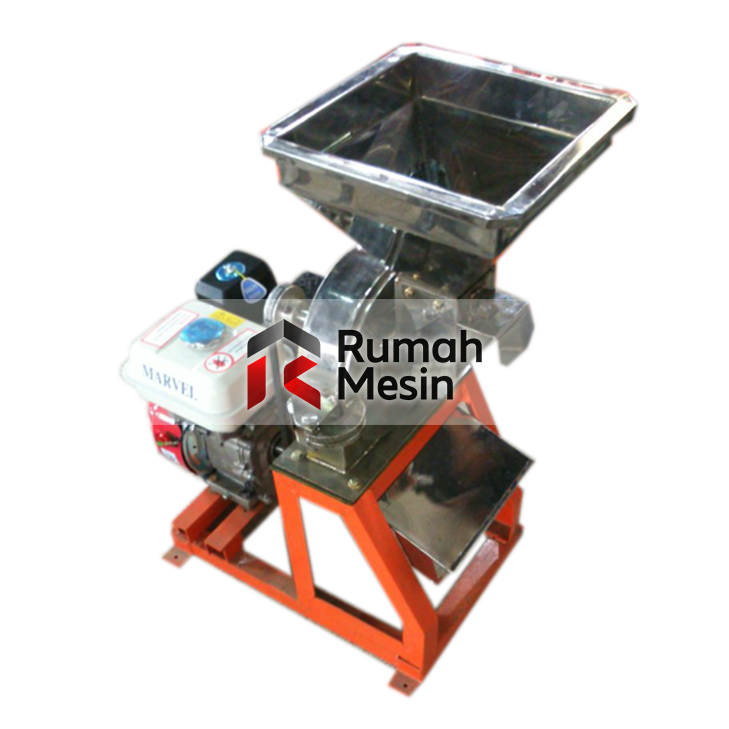When planning a barbecue or outdoor cooking session, one key consideration is understanding how long briquettes will provide heat. This guide explores the typical burn time of briquettes, the factors that influence their performance, and practical tips to maximize their efficiency.
What Are Briquettes?
Briquettes are compact pieces of fuel made by compressing charcoal with binders and additives. They are favored for their uniform shape, which helps deliver consistent heat throughout the cooking process. Unlike lump charcoal, which comes in irregular shapes, briquettes are manufactured to provide a steady and predictable burn.
Typical Burn Time
Under optimal conditions, many briquettes provide a steady burn for approximately 1.5 to 2 hours. However, this duration can vary based on several factors, including the quality of the briquettes, airflow, weather conditions, and how they are arranged on the grill.
Factors Affecting Burn Duration
1. Quality of the Briquettes
High-quality briquettes, made with fewer additives and a consistent composition, tend to burn more evenly and last longer. Lower-quality options may burn out quicker and produce more ash, which can affect both the flavor of your food and the cleanup process.
2. Size and Density
Uniform briquettes are engineered to deliver a predictable burn time. Smaller, less dense pieces may burn faster than larger, compact ones, which can prolong the cooking process. The density of briquettes plays a significant role in determining how much heat they can retain over time.
3. Airflow and Ventilation
Proper airflow is essential for a stable burn. When briquettes are arranged to allow optimal ventilation, they burn efficiently and sustain heat for longer periods. Too much airflow, however, can accelerate the burn, while insufficient airflow can cause uneven heating or smoldering.
4. Weather Conditions
Environmental factors such as wind and humidity can impact burn time. Windy conditions may cause briquettes to burn faster by increasing the oxygen supply, whereas high humidity might slow down the combustion process slightly, extending the burn duration.
5. Arrangement on the Grill
How briquettes are arranged in your grill significantly influences their burn time. Creating a well-structured pile or bank can ensure even heat distribution. Arranging briquettes in a specific pattern—such as a pyramid or along one side of the grill—can create distinct heat zones, which is beneficial for both searing and slow cooking.
Additional Considerations for Optimal Burn
Moisture Content
Briquettes with higher moisture content might take longer to ignite but can result in a slower burn once lit. Ensuring that briquettes are stored in a dry environment helps maintain their optimal burning efficiency.
Preheating the Grill
Allowing your grill to preheat properly ensures that briquettes reach an optimal burn state. Preheated briquettes ignite more uniformly and contribute to a steady heat output, making your cooking process more predictable.
Using a Chimney Starter
A chimney starter can improve the initial lighting process by providing even heat to all briquettes simultaneously. This results in a consistent start and contributes to a longer, more uniform burn.
Maximizing Efficiency: Tips and Tricks
- Maintain Proper Airflow
Adjust your grill vents to regulate oxygen flow. Experiment with different settings to find the balance that offers the best burn time. - Monitor Your Setup
Keep an eye on how the briquettes are burning and be prepared to add more if needed, especially during long cooking sessions. - Invest in High-Quality Briquettes
While the initial cost may be higher, the consistent burn time and lower ash production can result in better overall performance and less frequent refueling. - Clean Your Grill Regularly
Ash buildup can impede airflow and reduce efficiency. Regular cleaning helps maintain consistent burn performance.
Practical Applications
High-Heat Grilling
For quick searing and grilling, briquettes provide the intense heat needed to form a perfect crust on your steaks or burgers. The high temperature ensures that the outside cooks quickly while locking in juices.
Low and Slow Cooking
For barbecue and smoking, a steady, long burn is essential. Briquettes arranged in a bank can create a controlled heat zone ideal for slow-cooking ribs or brisket, ensuring even cooking over several hours.
Versatility in Cooking
Briquettes are versatile enough for various cooking styles. Whether you are hosting a casual backyard barbecue or a more formal grilling session, their predictable burn and ease of use make them a favorite among both novice and experienced grillers.
Conclusion
Understanding how long briquettes burn is crucial for planning a successful grilling session. While typical burn time ranges from 1.5 to 2 hours, several factors—including quality, density, airflow, weather, and grill arrangement—can affect this duration. By paying attention to these variables and using practical tips such as proper storage, preheating your grill, and maintaining your equipment, you can maximize the efficiency of your briquettes. Whether you are searing high-heat dishes or engaging in low and slow cooking, knowing how to optimize your fuel usage will ensure a consistent and enjoyable cooking experience.
Siswa SMK Tunas Harapan Pati yang sedang magang pada bagian Web & SEO di CV. Rumah Mesin. Memiliki pengalaman mengembangkan aplikasi kesehatan, portal toko, dan game 2D berbasis Unity. Menguasai Android, PHP, MySQL, Unity, serta desain antarmuka profesional. Siap bekerja dalam tim maupun individu dengan semangat belajar tinggi.





